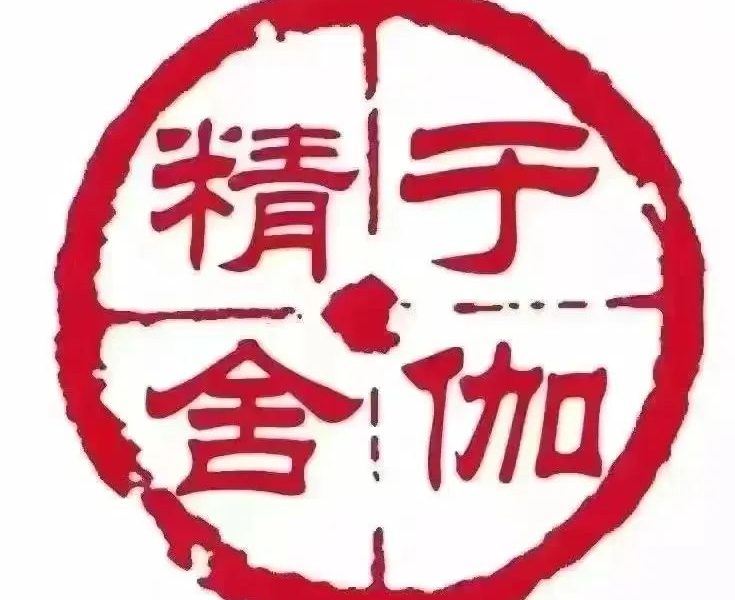Details and linearity of mountain style: sagittal plane: a straight line from the middle of 2 and 3 toes to kneecap to ilium; coronal plane: a straight line from ankle, lateral knee, lateral hip, acromion and top of ear
.
Once the foundation of the house is firm, it will be much easier to build other parts of the house
.
5
.
The auxiliary practice methods of mountain style: (1) with the help of Yoga brick: leaning against the wall mountain style, two legs with brick
.
The name of mountain style is mountain style, English name is mountain pose, Sanskrit name is samastiti or Tadasana, Tada is mountain, meaning vertical immovable
.
Teacher wechat can long press the figure below to identify the QR code, add a point in the lower left corner to select yoga products.
.
4
.
The movement of skeletal joints: spine neutral extension, upper limb neutral extension, forearm pronation, hip adduction and neutral extension, knee neutral extension, ankle dorsiflexion
.
(2) With the help of ground assisted practice, step on the wall, supine mountain pose, after supine mountain pose, find the stability of the back side of supine mountain pose in standing mountain pose, and compare the differences between the two
.
Why does yoga practice begin with the standing mountain pose? The answer that most yoga instructors give us is: yoga practice starts from standing posture
.
(3) With the help of stretching band assisted practice (4) with the help of Yoga brick and stretching band assisted practice 7
.
2
.
6
.
Muscle joint movement: the medial / lateral thigh muscle, abdominal muscle group, sternocleidomastoid muscle do centripetal contraction
.
Stiti means standing still
.
3
.
The benefits of practicing mountain pose are to rebuild the vitality of feet, strengthen the strength of legs, legs and buttocks, adjust and improve the bad posture such as bending and hunchback, increase the sense of balance and coordination of the body, adjust the autonomic nervous system, and make people feel happy
.
Tadasana means standing firmly like a mountain
.
The purpose is to establish the foundation and the strength of both legs and feet, so as to lay a good foundation for other postures
.
This is a basic standing posture
.
As like as two peas, the basic form is almost the same as the anatomical posture, and it is also the first posture that human beings must understand when studying human anatomy and movements
.
The practice steps of mountain style are as follows: the feet are as wide as the shoulders, and the outside of the feet is parallel to the cushion surface; the thigh muscles are tightened, and the kneecap bone is lifted up in a straight line; the front side of the thigh is pushed back, and the tailbone is sunk; the center of gravity is moved to the heel, and the weight of the body is evenly distributed on the feet; the spine is straightened, and the chest is lifted up; the outside of the shoulder (the front side of the deltoid muscle) is pushed back, the scapula is down, and the shoulder is facing two wheels Turn from the front to the back like a child; keep your arms straight down on both sides of your body, in line with your hips, keep your neck and head straight, and look straight ahead
.

